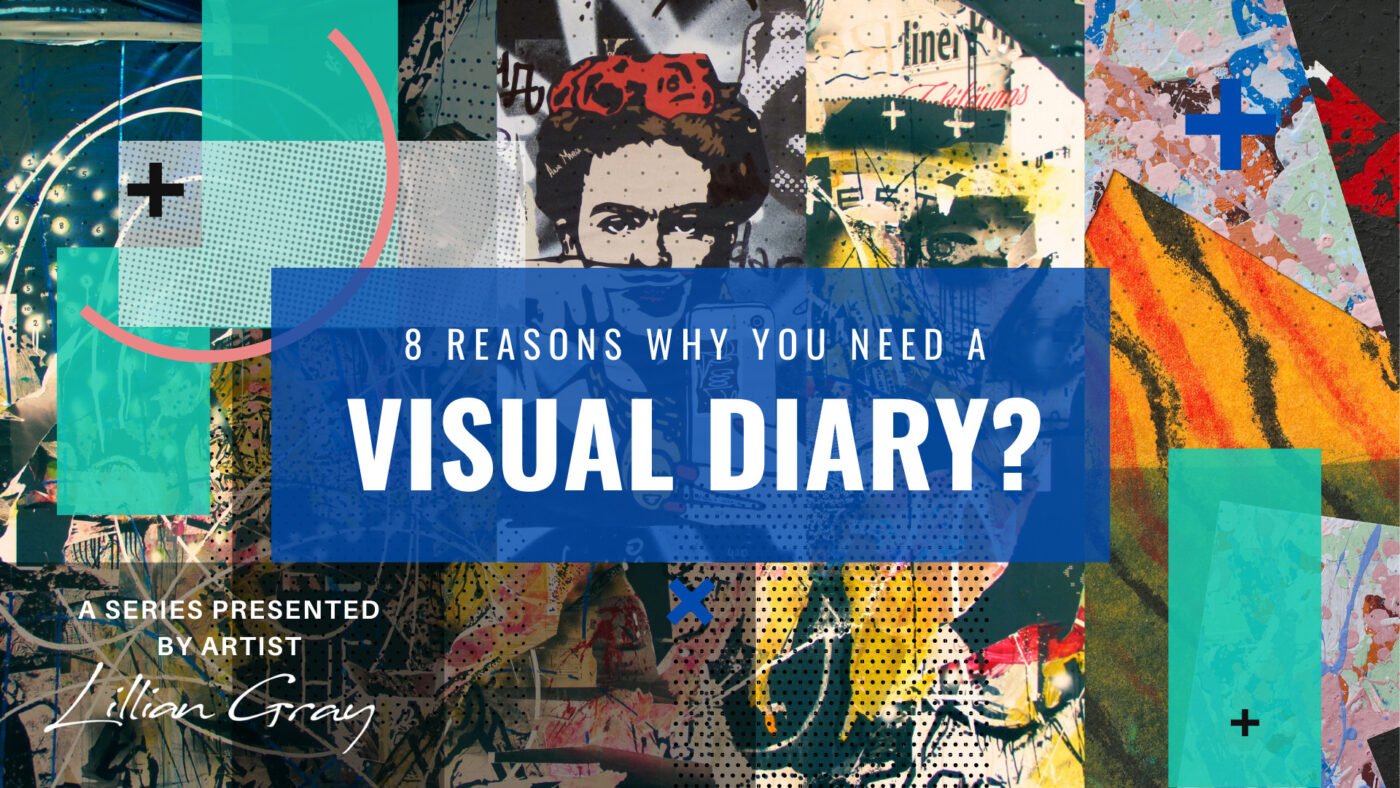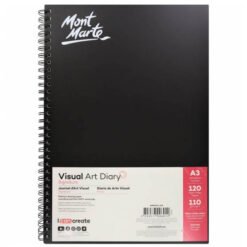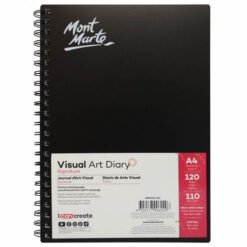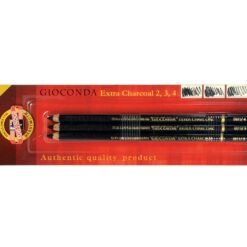No products in the basket.
Visual Diary
8 Reasons why you need a visual diary to develop your creative process.
Hi, I’m artist Lillian Gray. This video is all about why you need a visual diary. In this blog, I will cover ten reasons why you should keep a visual diary.
1. An effective Brain Dump
Reason number 1, a visual diary is an effective brain dump, and it helps us to keep our thoughts in order. Keeping structure is important because as artists we can get overwhelmed, I call it the funnel effect. When we’ve got too much research, too many ideas and everything eventually clog the funnel and nothing drips out onto the paper. You are simply just trapped feeling overwhelmed and confused.
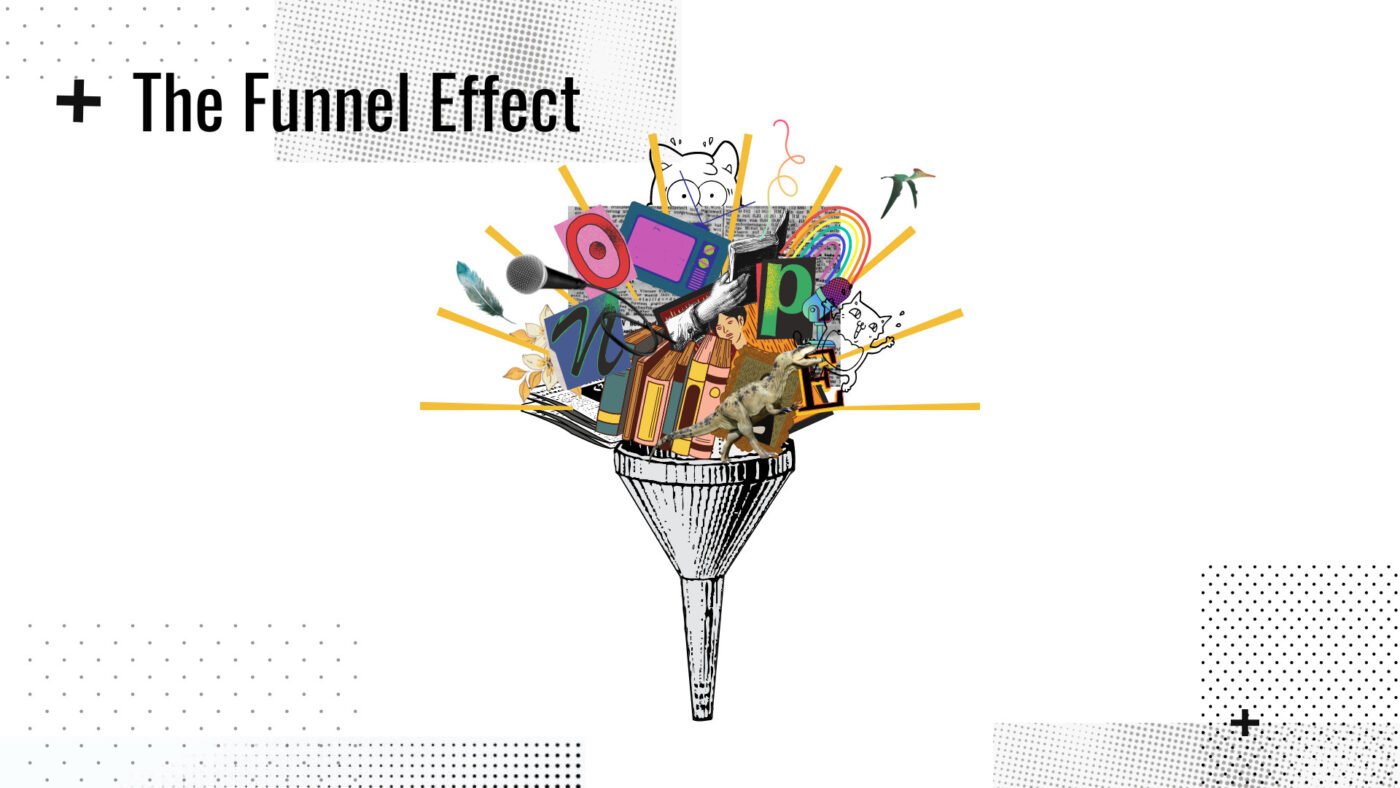
Tracking our thought process helps us to not get stuck in all the little details, but rather keep our eye on the bigger picture. I’d like to compare a visual diary to a complicated math problem. When I was at school, we always needed to show our calculations in various steps to explain how we calculated our final answer. In the same way, your visual diary records every step of your creative process towards your final artwork or your final design.
I have recently listened to a masterclass by the amazing Frank Gehry. In this masterclass, he discusses how he develops ideas, and by recording them he sometimes realises that at the beginning of the process he actually stumbled on the solution already. So he can easily refer back to previous ideas. He also re-uses ideas, adapting old ideas for a specific new project. You can only do this by keeping a visual diary.

2. Develop original ideas
Reason number two, it allows you to develop original ideas that are uniquely yours. Visual diaries usually create beautiful accidents where images, text and different textures get juxtaposed together. Juxtaposition is when we place two images or ideas close together with a contrasting effect. This enables us to develop more original ideas. It allows us to create freely, making random connections, not always applying our logical left brain, our consciousness, but rather creating with our right, abstract and unconscious brain.

It visually depicts and demonstrates how your skills and ideas have developed over time, proving that you are indeed the artist behind your body of work. This is very important since there are so many fraudsters passing off Pinterest work as their own. Keeping track of your idea development is important for various reasons, but this leads me to Reason number three.

3. Allows others to guide, collaborate and explore with you
It allows others to guide, explore, and collaborate with you in your creative process. Usually, your art lecturer or your art teacher would like to see your creative process because it allows them to interject into that process at a certain point in time. Remember, we are studying to learn, to grow. If we knew everything, we wouldn’t need to study.
So, it helps them to go back to your steps and maybe show and guide you on how you can explore different avenues within your creative thinking. By including some of your lecturer’s ideas or suggestions you can delve even deeper into the solution.

Often as artists, we need to learn how to collaborate and not guard our initial ideas too much but rather be open to other possibilities. It helps you to express and explore your interests, ideas and viewpoints in an even deeper way.
4. An excellent solution to Artist’s block
Reason number four, a visual diary is also an excellent solution to artist’s block. Artist block is when you seem at a loss for a creative idea for a specific project. It usually happens when we are burnt out and under a lot of pressure. By working in your visual diary consistently when you are not tired, stressed or overwhelmed gives you ideas to refer back to when you are feeling stuck. I hardly ever wonder about what I will paint next. I simply page through my visual diary and I am confronted with an array of ideas for paintings or illustrations.
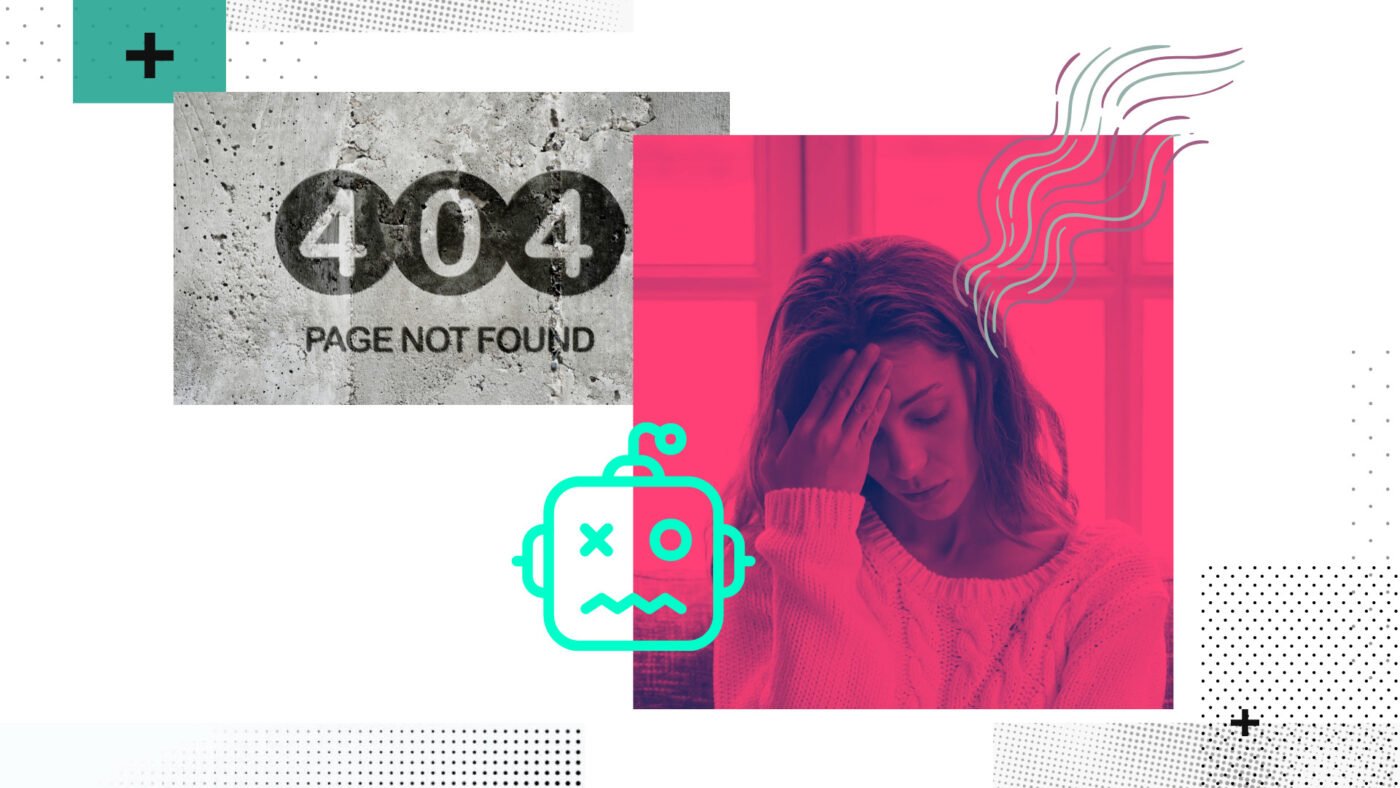
5. Helps you to find your creative flow
Reason number 5, It helps you to find your creative flow. I always say art breeds more art. The more you create, the more amazing ideas and projects you will develop as an artist. What I love most about my visual diary is that it creates a flow for me as an artist. I always explain to my students that stagnant water rots. You need an in- and an outflow to keep your creativity alive. That is what the visual diary is to me.

6. Develop your own visual language
A visual diary helps you to review and develop your own visual language as an artist. You can often spot a professional artist’s work a mile away. We instantly know that is an Andy Warhol, that is a Frida Kahlo, that is a Keith Haring, that is a William Kentridge. Why? Because they have developed a distinct visual language.

The street artist Shepard Fairey is an excellent example. He has developed his own iconography and visual language over time. Watch my video on Shepard Fairey and how he has done this. I also have a series of videos on the artist William Kentridge and how he has developed his visual language over the decades. This will really teach you and inspire you to develop your own visual language.

In your visual diary, you are slowly building your own library of aesthetics. A place with all your curated ideas of beauty and style. A place where all your research, both visual and academic, are gathered together. Creating a library you can continuously refer back to. Over time you will see a curated style, a collection of yourself forming and this is your visual language as an artist.

7. It makes you a better artist
Reason number 7, a visual diary makes you a better artist. I always tell my students, good art takes time. Unfortunately, excellent ideas do not just appear out of thin air. We sometimes feel like they do. But how are these aha-moments actually formed? A previous art lecturer explained it to me in the following way. Inside all of us, we have a brooder. It’s a big pot simmering on a slow heat situated in your gut. Every day we slowly add images and information to this pot. When we are not consciously thinking about it the pot is simmering and stirring the ideas. Eventually, our subconscious makes a genius connection and it jumps into our consciousness causing us the scream That’s it! A visual diary forces you to fill your brooder daily. It allows you to cut away the clutter and distil all your visual and academic research into a great idea. Even an artwork that is simplistic, but striking has been simplified over time. Simplicity is the result of complex thinking.

8. Develops your critiquing skills
It develops your critiquing skills. By exploring different ideas and scamping out various options, you quickly learn what works and what doesn’t. You start to understand why certain designs and messages Reason number 8, a visual diary develops your critiquing skills. By exploring different ideas and drawing out various options, you quickly learn what works and what doesn’t. You start to understand why certain designs and messages are successful and why others are not. This helps you to develop a critiquing language and also enables you to advise other fellow designers and artists.

And there you have it. 8 Reasons why you should keep a visual diary.
- 1. An effective Brain Dump
- 2. Develop original ideas
- 3. Allows others to guide, collaborate and explore with you
- 4. An excellent solution to Artist’s block
- 5. Helps you to find your creative flow
- 6. Develops your own visual language
- 7. It makes you a better artist
- 8. Develops your critiquing skills
Coming up next
Stay tuned for my next video where we take a closer look at famous visual diaries.
Visit our blog for more interesting art history lessons as well as amazing art projects.

